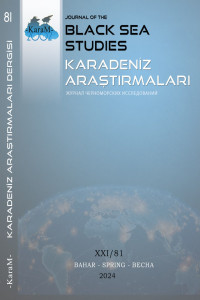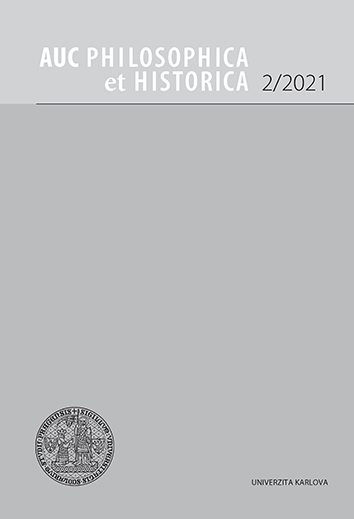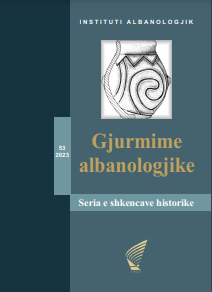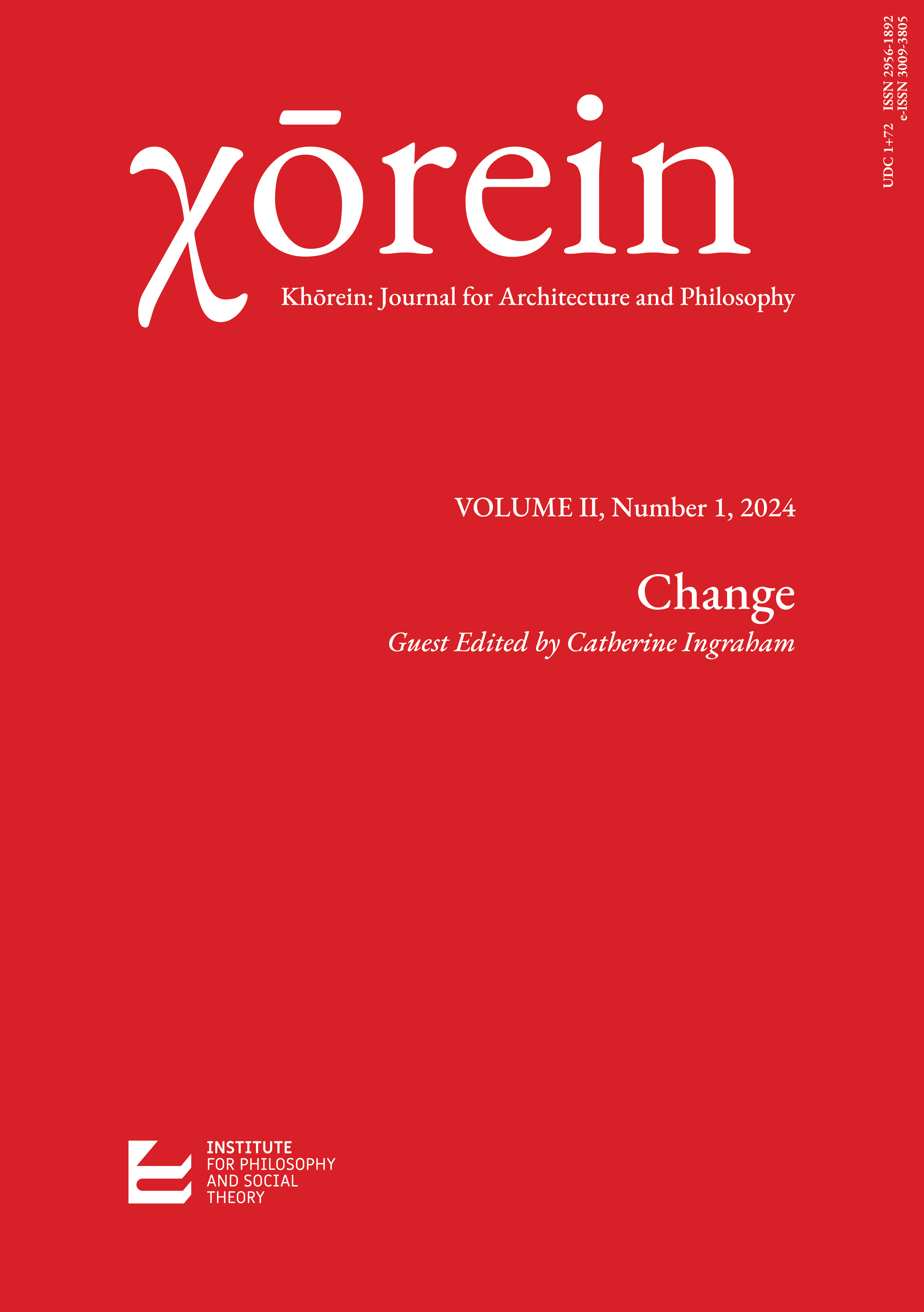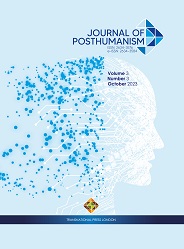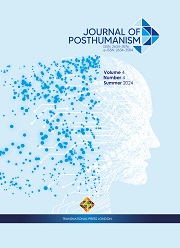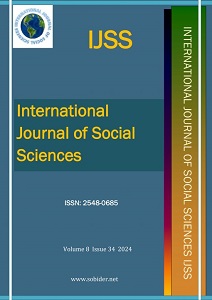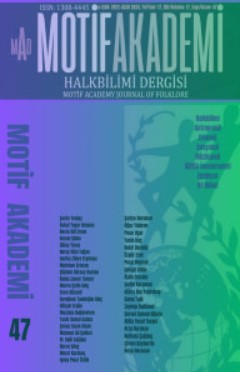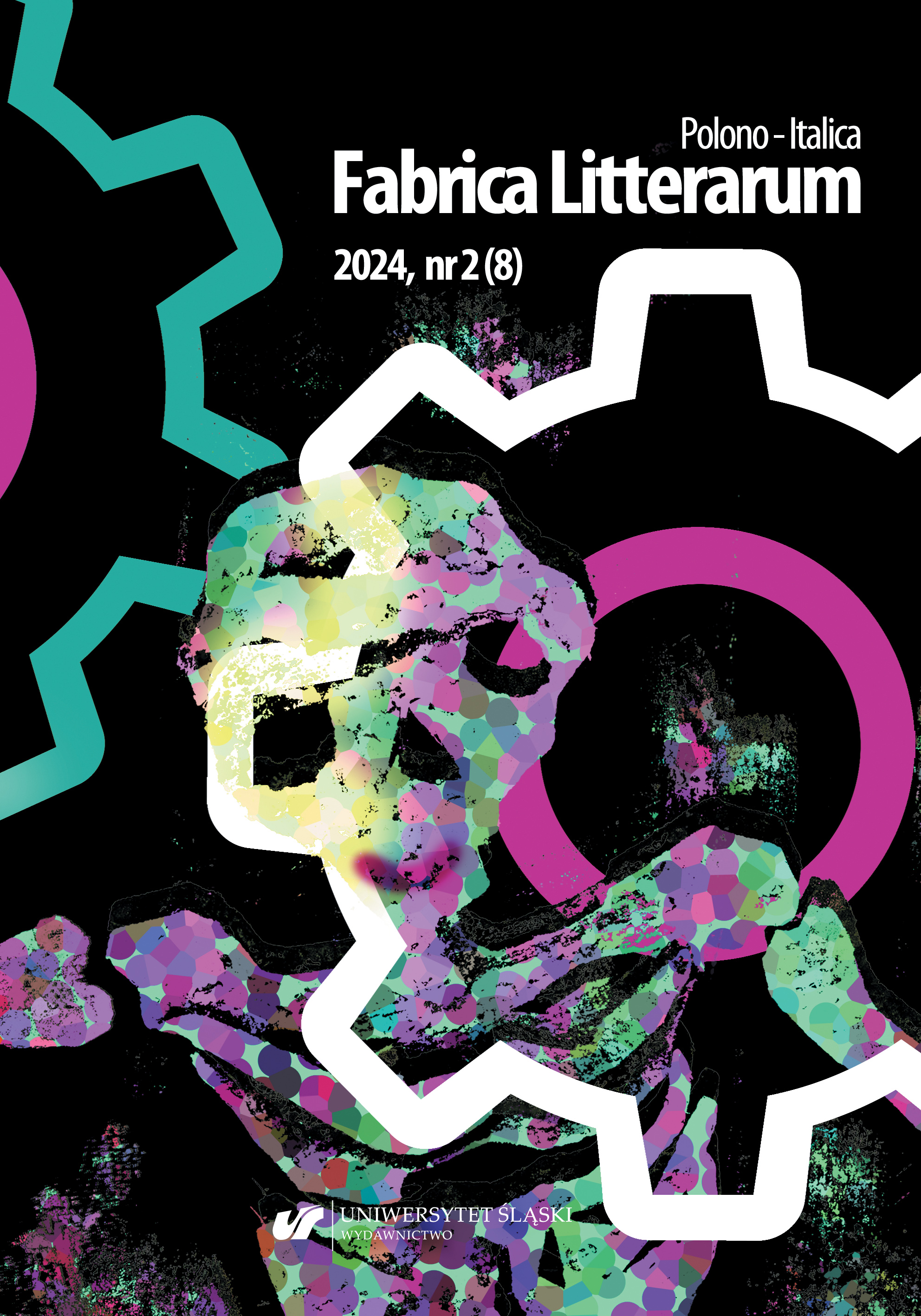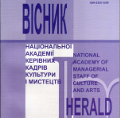
Simili carni. Construcția identitară prin iluzii vizuale și tactile
Cindy Sherman, Friedl Kubelka and Valie Export are just a few of the established artists who reframed the discussion about the female body as an object of desire, opening it to a wider intelectual space, that of understanding the process of identity construction through the photographic series Centerfolds, Pin Ups, respectively the performance/ photography Tapp und Tastkino. The identity construction is later theorized by Margareth Sommers according to the model of a chronological flow, of a multi-layered psycho-social event, which produces the existential forms of biological life (zôe). In this construction, the body is the object of the desires and the instincts, the point around which a complex and flexible fabric is built, roughly standing the social or cultural norms and laws. Aware of this extreme instability of cultural forms, thoe three artists start from the exposure of the female body only to deflect the interrogations into metonymic areas of the object of desire - the need to touch, the missleading of the gaze, visual illusions or the gesture of taking possession of the other, the limits between oneself and otherness - performing a true psychological analysis of the viewer, but also a questioning of their own artistic act.
More...
